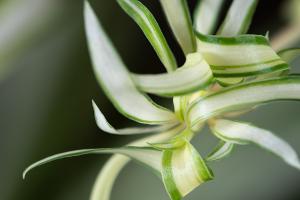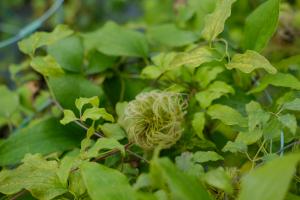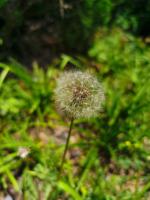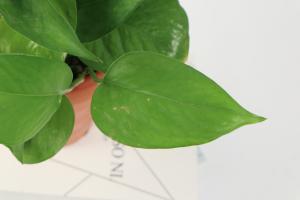How to Plant Date Trees in Different Hardiness Zones
Growing date trees can be an incredibly satisfying and rewarding endeavor. Dates are versatile, healthy, and delicious, making them a popular ingredient in many dishes around the world. If you live in a region with a suitable climate and are interested in planting date trees, there are a few things you need to know.
Understanding Hardiness Zones
The first thing you should do before planting any type of plant or tree is to determine your hardiness zone. Hardiness zones are geographic areas defined by the USDA that are based on the average lowest temperature that occurs in that area during the winter. Knowing your hardiness zone can help you choose plants that are more likely to thrive in your area.
If you live in a region with a frost-free growing season of at least 7-8 months and an average temperature of 50°F or higher, you can grow date trees. Date palms do best in USDA hardiness zones 9-11.
Choosing a Site for Your Date Trees
The next step is to choose a site that is suitable for your date trees. They prefer full sunlight and well-draining soil, so choose a sunny spot with sandy or loamy soil-draining well is a must. If you have heavy clay soil, add sand, compost or gravel to the soil to improve drainage before planting.
You should also avoid planting your date trees in low-lying areas or places where the soil is prone to becoming waterlogged. Date palms are highly sensitive to water and require a little water but not too much, which makes it a good candidate for raised bed planting with special irrigation management.
Selecting the Right Variety
There are many different varieties of date trees, but some are better suited for specific climates than others. When you are selecting a variety for your hardiness zone, look for ones that are known to do well in your climate. Popular varieties include Medjool, DegletNoore, and Barhi. Many other varieties also available in the market, and all have their unique benefits and qualities.
When choosing your date tree or palm, consider the size and age, mature height, water use, and maintenance requirement before making a choice. Knowing the mature size and requirement, including water use and maintenance, can help you manage your trees better and have a better fruit production.
Cultivating and Maintaining Your Date Trees
Cultivating and maintaining date trees requires a little bit of work and dedication, but the reward is worth it. Water your trees regularly, avoiding overwatering or underwatering. It is best to water your trees deeply once or twice a week, depending on the season and soil moisture levels.
Fertilizing your date palm tree is a crucial step in maintaining good health and getting the right produce quantity and quality. Seek the advice of a professional arborist or specialist on fertilization procedure and timing.
Prune your trees regularly to remove dead or damaged branches, thin out growth, and promote airflow. It is best to prune in early spring before new growth begins.
In Conclusion
Growing date trees is not only exciting and satisfying but can also yield delicious and healthy produce if done in the right way. Understanding your hardiness zone, choosing a suitable site, selecting the right variety, and maintaining and pruning the trees are essential steps in the process. Though it can be a little challenging to grow date trees, it serves as an excellent addition to your plant collection that bears sweet fruits of your labor in due time.

 how many times do yo...
how many times do yo... how many planted tre...
how many planted tre... how many pine trees ...
how many pine trees ... how many pecan trees...
how many pecan trees... how many plants comp...
how many plants comp... how many plants can ...
how many plants can ... how many plants and ...
how many plants and ... how many pepper plan...
how many pepper plan...
































